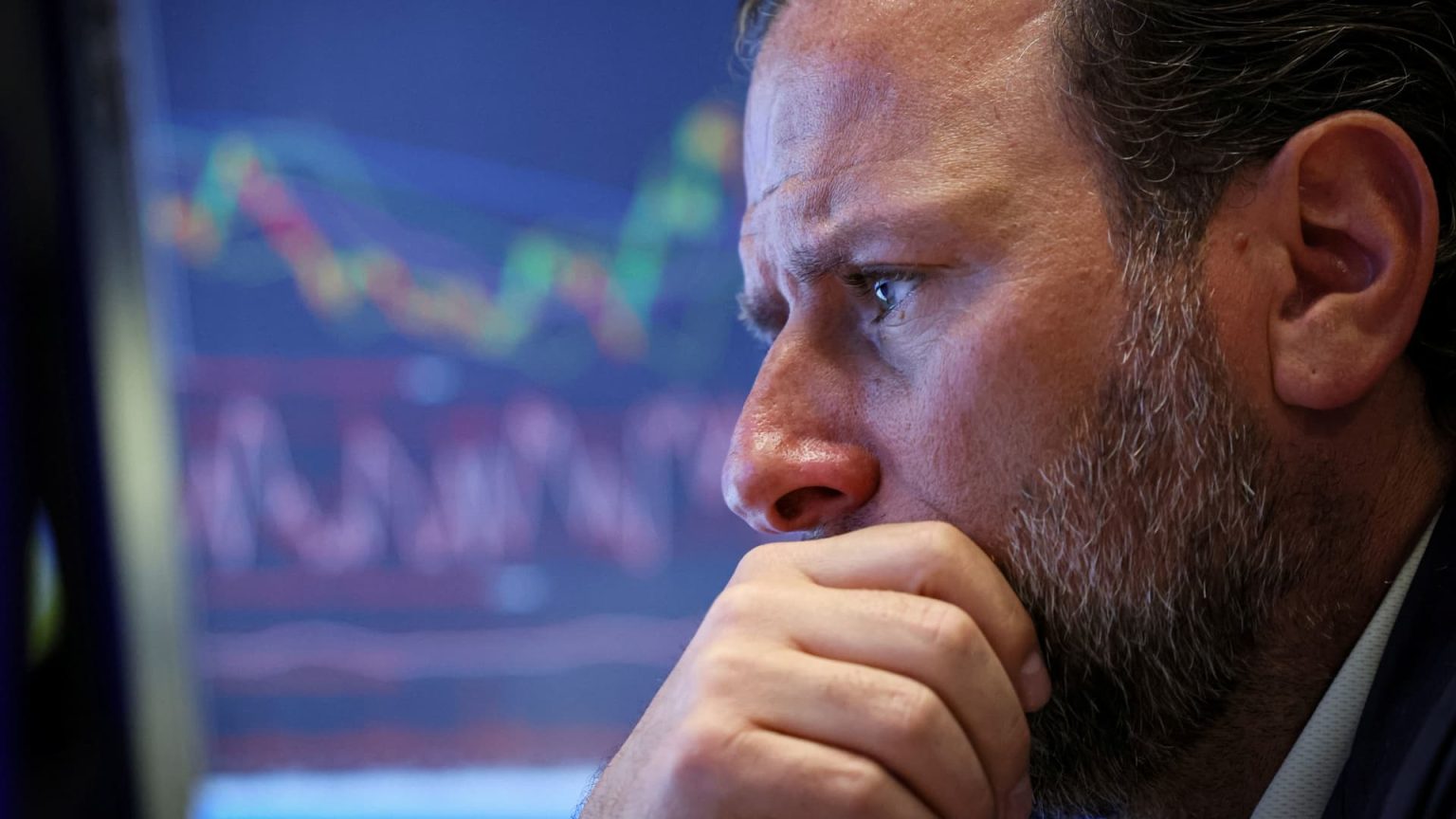Goldman Sachs has identified a threshold of 5% on the 10-year Treasury yield as the point at which rising yields could negatively impact stocks’ 2024 rally. According to a new 19-page paper, historical data since the 1980s shows that once this threshold is reached, the correlation between bond yields and stocks turns negative. This is when higher yields become a clear problem for equities, as the correlation with bond yields is no longer decisively positive.
The benchmark 10-year yield recently jumped 5 basis points to 4.67% following data showing an increase in employee compensation costs. This has raised concerns about persistent inflation, which the market believes will keep the Federal Reserve on hold before considering rate cuts later in the year. With the market currently in an “optimism phase”, characterized by growing confidence and complacency, equity valuations are higher and more sensitive to movements in bond yields.
The 10-year Treasury yield, a key indicator for mortgage rates and other borrowing costs, has risen nearly 80 basis points this year as markets adjust to a higher interest rate environment. The current rate on the Federal Reserve’s fed funds for overnight lending stands at 5.25%-5.50%. Despite initial expectations for multiple rate cuts at the beginning of the year, the market is now only pricing in a 75% chance of a single rate cut, based on the CME Group’s FedWatch tracker.
Billionaire investor Warren Buffett has emphasized the significant impact of interest rates on all investments, noting that higher rates can lower the present value of future earnings and exert a strong gravitational pull on asset values. As yields rise, the appeal of risk assets diminishes, as Treasury bills and notes offer competitive yields and a risk-free alternative to stocks. This dynamic can lead to underperformance in equities as investors seek safer options.
The Federal Reserve’s rate-setting Federal Open Market Committee has recently begun a two-day meeting to discuss monetary policy decisions. The market is closely watching for any indications of future rate hikes or cuts based on economic data and inflationary pressures. With expectations shifting from multiple rate cuts to a potential single cut, investors are preparing for a more moderate approach from the central bank in response to evolving market conditions and economic indicators.
Overall, the relationship between bond yields and stock prices is a critical factor for investors to monitor, especially as yields approach the 5% threshold identified by Goldman Sachs. With the potential for rising rates to impact equity valuations and market performance, understanding the dynamics between bond yields and stocks is essential for making informed investment decisions in a changing economic environment.













